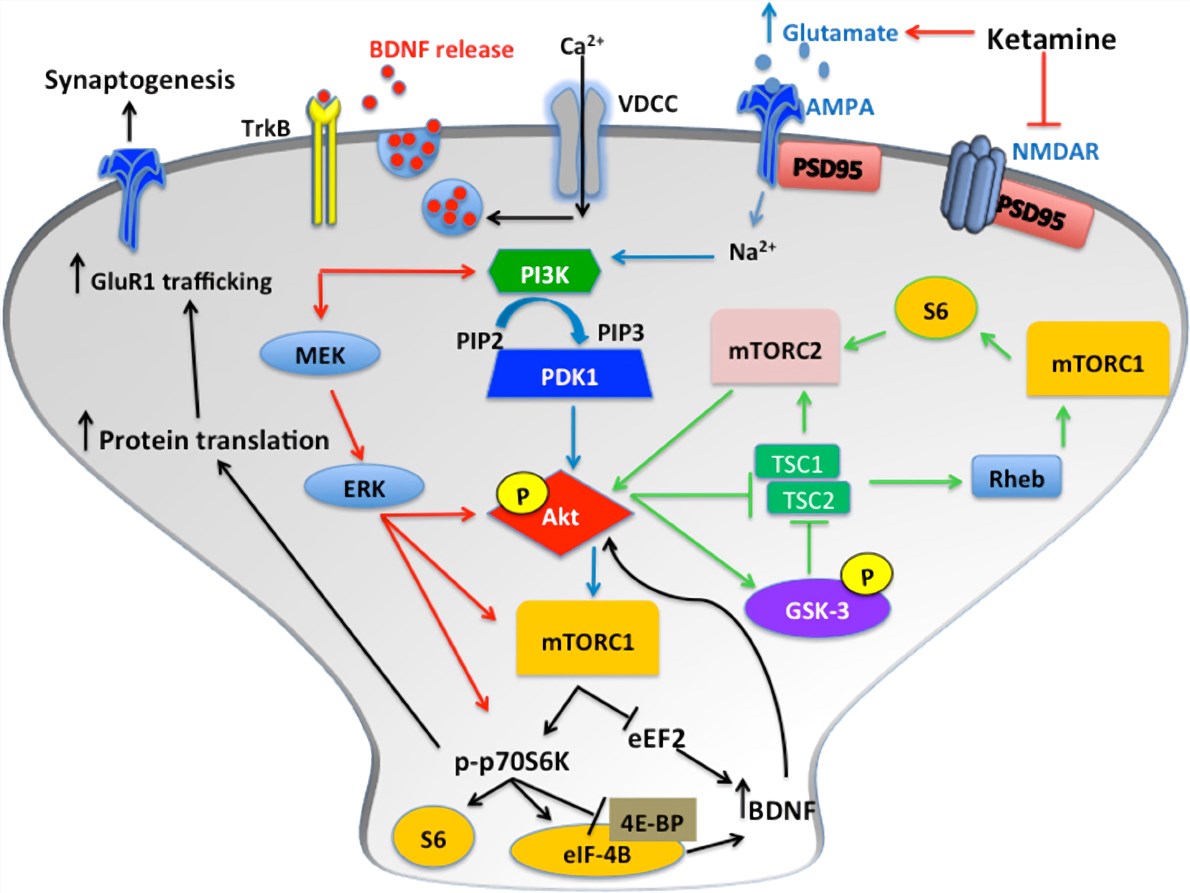Rodent Anxiety Models
Anxiety involves repeated feelings of intense nervousness, fear, and restless. Chronic anxiety is linked to many medical problems including heart disease, diabetes, and thyroid problems. Creative Biolabs conducts contract studies in rodents using a battery of tests to screen novel anxiolytic compounds, including elevated plus maze test, marble burying test, dark/light box test, etc. Moreover, these tests can also be used for phenotyping of knockout or transgenic mice.
Introduction of Anxiety Models
Animal models are valuable tools to find out more about the biological bases of anxiety disorders and develop new, more efficient pharmacological and/or behavioral treatments. Anxiety models can be grouped into two main classes. The first involves the animal's conditioned responses to stressful and often painful events (e.g. exposure to electric foot shock) and the second includes ethologically based paradigms and involves the animal's spontaneous or natural reactions (e.g. flight, avoidance and freezing) to stress stimuli that do not explicitly involve pain or discomfort (e.g. exposure to a novel highly illuminated test chamber or to a predator). There are more than 30 different procedures and variations described in the literature that can be used to measure anxiety-related parameters. However, it is better to use a battery of these tests (for instance, the open field, the EPM, and a dark/light transition test) to assess each individual's behavioral phenotype, since these tests measure anxiety under different conditions.
 Fig.1 The mechanisms of NMDA antagonist ketamine as an antidepressant. (Browne et al. 2013)
Fig.1 The mechanisms of NMDA antagonist ketamine as an antidepressant. (Browne et al. 2013)
EPM is one of the most popular behavioral tests for research on anxiety, initially developed for rats and more recently for other species such as mice, guinea pigs. The test is based on the rodents' natural aversion to the open and elevated areas. This test is sensitive to both anxiolytics as well as anxiogenics and has been validated for both rats and mice.
The marble burying test is a useful model of neophobia, anxiety, and obsessive-compulsive behavior. Moreover, it has been proposed this test have predictive validity for the screening of novel antidepressants, anxiolytics, and antipsychotics. The outcome measure of this test is the number of marbles buried. Compounds that attenuate anxiety or obsessive-compulsive behavior will decrease marble burying.
The light/dark box test is a popular animal model used in pharmacology to assay unconditioned anxiety response in rodents. It is based on the principle of innate aversion of rodents to brightly illuminated areas and on the spontaneous exploratory behavior of rodents in response to mild stressors.
In addition to the tests described above, Creative Biolabs offers other measurements that have been widely used for the testing of motor activity, cognition, and social behavior. Moreover, a comprehensive list of central nervous system (CNS) disease models is placed below for your review:
In the meantime, we offer customized services to our clients by not only adapting our existing models but also establishing new models specific to your research needs. Contact us for more information on how we can help you move your drug along the development pathway.
Reference
- Browne, C. A.; Irwin, L. Antidepressant effects of ketamine: mechanisms underlying fast-acting novel antidepressants[J]. Frontiers in Pharmacology. 2013, 4:161.
For Research Use Only.
